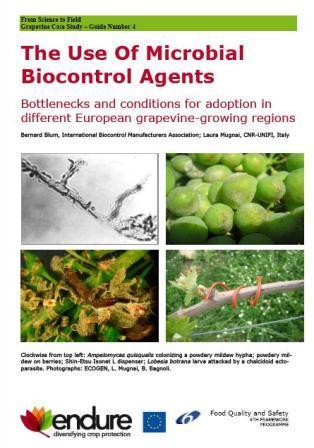

These research efforts have found that nematophagous bacteria are distributed broadly, possess diverse modes of action, and have broad host ranges. Extensive investigations have been conducted over the last twenty years to assess their potential to control plant-parasitic nematodes. Bacteria are numerically the most abundant organisms in soil, and some of them, for example members of the genera Pasteuria, Pseudomonas and Bacillus ( Emmert & Handelsman, 1999 Siddiqui & Mahmood, 1999 Meyer, 2003), have shown great potential for the biological control of nematodes. This creates the possibility of using soil microorganisms to control plant-parasitic nematodes ( Mankau, 1980 Jatala, 1986). Nematodes in soil are subject to infections by bacteria and fungi. The search for novel, environmentally friendly alternatives with which to manage plant-parasitic nematode populations has therefore become increasingly important. Although chemical nematicides are effective, easy to apply, and show rapid effects, they have begun to be withdrawn from the market in some developed countries owing to concerns about public health and environmental safety ( Schneider et al., 2003). The management of nematodes is more difficult than that of other pests because nematodes mostly inhabit the soil and usually attack the underground parts of the plants ( Stirling, 1991). Plant-parasitic nematodes cause serious crop losses worldwide and are among the most important agricultural pests ( Koenning et al., 1999). Nematophagous bacteria, pathogenic mechanisms, molecular biological approaches, nematode management Introduction We discuss their merits, limitations and potential uses. We also review a number of molecular biological approaches currently used in the study of bacterial pathogenesis in nematodes. Increased understanding of the molecular basis of the various pathogenic mechanisms of the nematophagous bacteria could potentially enhance their value as effective biological control agents. We focus on recent research developments concerning their pathogenic mechanisms at the biochemical and molecular levels. This review details the nematophagous bacteria known to date, including parasitic bacteria, opportunistic parasitic bacteria, rhizobacteria, Cry protein-forming bacteria, endophytic bacteria and symbiotic bacteria. They act synergistically on nematodes through the direct suppression of nematodes, promoting plant growth, and facilitating the rhizosphere colonization and activity of microbial antagonists. As a group of important natural enemies of nematode pests, nematophagous bacteria exhibit diverse modes of action: these include parasitizing producing toxins, antibiotics, or enzymes competing for nutrients inducing systemic resistance of plants and promoting plant health.


 0 kommentar(er)
0 kommentar(er)
